19 Types of Saws + Characteristic & Usage
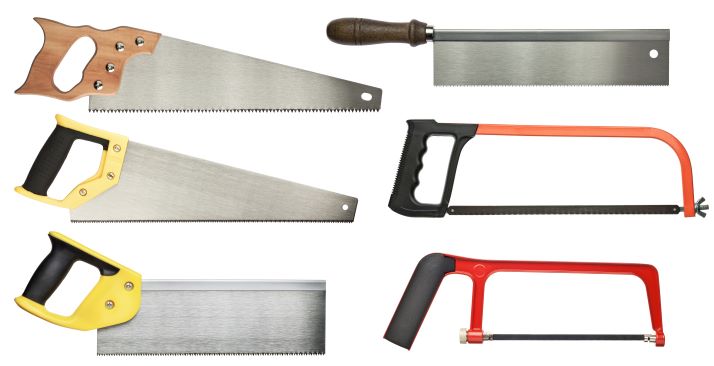

(adsbygoogle = window.adsbygoogle || []).push({});
Table of Contents
Saws come in myriad shapes and sizes, each tailored for specific tasks. With the continuous evolution of technology, the diversity and efficiency of these tools have reached new heights. Whether you’re a seasoned carpenter or a weekend DIYer, understanding the types and functionalities of saws is essential. Let’s start by categorizing saws broadly into hand saws and power saws.
TLDR
The article delves into the vast world of saws, explaining their variety based on design and purpose. Starting with traditional saws like rip, crosscut, and hacksaws, it moves to power tools such as circular, jigsaw, and table saws. Modern innovations, including the track, saw, miter saw, and oscillating saw, highlight the advancements in the field. The text emphasizes safety, maintenance, and sustainability aspects of tools, stressing the importance of environmental responsibility. Linquip stands as a central reference, offering users a platform to gain insights, expert opinions, and guidance on the best tools for their needs.
Here are the most common types of Saws
- Rip Saw
- Crosscut Saw
- Hacksaw
- Circular Saw
- Jigsaw
- Table Saw
- Band Saw
- Tile Saw
- Chainsaw
- Track Saw
- Reciprocating Saw (Sawzall)
- Miter Saw
- Scroll Saw
- Oscillating Saw (Multi-Tool)
- Radial Arm Saw
- Chop Saw
- Pole Saw
- Veneer Saw
- Japanese Saw (Nokogiri)
Types of Saws Table with Characteristics and Usage
| Type of Saw | Characteristic | Usage |
|---|---|---|
| Rip Saw | Teeth angled to efficiently cut along the grain | Cutting wood along the grain |
| Crosscut Saw | Teeth designed for cutting across the wood grain | Cutting wood across the grain |
| Hacksaw | Fine-toothed, C-shaped frame | Cutting metal and plastic |
| Circular Saw | Rotating disc blade | General woodwork, rip, and cross cuts |
| Jigsaw | Reciprocating blade with varied teeth | Curved and straight cuts in wood, metal, and ceramics |
| Table Saw | Circular blade protruding from a table surface | Straight, consistent cuts in wood |
| Band Saw | Long, continuous blade moving between two wheels | Curved or straight cuts, ideal for intricate designs |
| Tile Saw | Diamond-coated blade with water cooling | Cutting tiles |
| Chainsaw | Chain with sharp teeth rotating around a guide bar | Cutting trees and lumber |
| Track Saw | Combines circular saw and guide rail | Long, straight cuts |
| Reciprocating Saw | Large blade, robust, reciprocating action | Demolition cuts through wood and nails |
| Miter Saw | Circular blade with pivot action for angled cuts | Angled cuts, molding, and framing |
| Scroll Saw | Thin blade for intricate designs | Decorative woodworking |
| Oscillating Saw | The blade oscillates back and forth | Tight spaces, flush cuts |
| Radial Arm Saw | Circular saw mounted on a horizontal arm | Crosscutting, ripping, dadoing |
| Chop Saw | Large miter saw, abrasive disc | Hard material cutting, mainly metals |
| Pole Saw | Saw on an extendable pole | Trimming tree branches |
| Veneer Saw | Short, double-edged blade | Precision cutting of veneers |
| Japanese Saw (Nokogiri) | Thin blade, precise cuts | Woodworking tasks, including joinery |
This table provides a concise overview of different saws, making it easier for anyone to select the right tool for their specific need.
Hand Saw
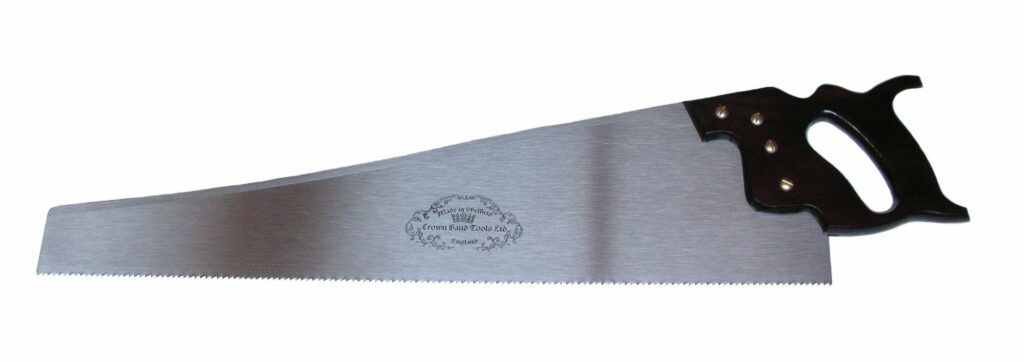

Rip Saw
- Characteristic: Have large teeth designed to cut wood fibers.
- Usage: Ideal for cutting wood along the grain.
Crosscut Saw
- Characteristic: Features smaller teeth, designed to cut wood fibers perpendicularly.
- Usage: Perfect for cutting wood across the grain.
Hacksaw
- Characteristic: A C-shaped frame holding a blade under tension.
- Usage: Mostly used for cutting metal or plastic.
Power Saws
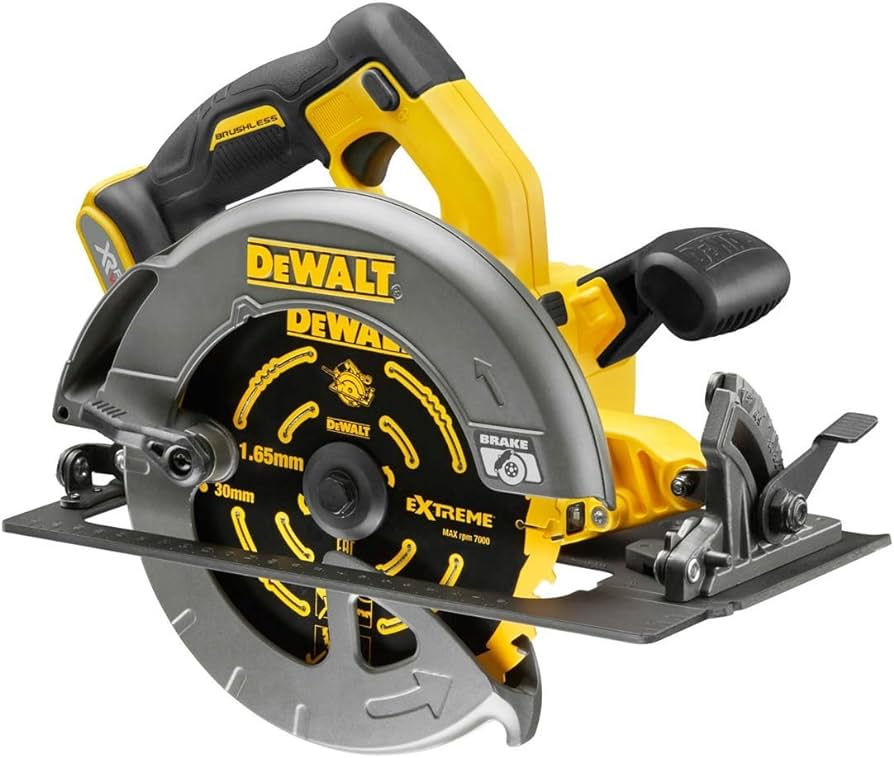

Circular Saw
- Characteristic: Uses a round blade to make straight cuts.
- Usage: Suitable for cutting lumber and other similar materials.
Jigsaw
- Characteristic: Utilizes a reciprocating blade.
- Usage: Ideal for curved and intricate cuts in wood.
Table Saw
- Characteristic: Features a circular blade mounted on a table.
- Usage: Provides precise cuts in large pieces of wood or metal.
Band Saw
- Characteristic: Employs a long, sharp blade consisting of a continuous band of toothed metal.
- Usage: Great for uniform cutting of irregular shapes.
Specialty Saws
Tile Saw
- Characteristic: Uses a diamond-coated blade.
- Usage: Designed exclusively for cutting tiles.
Chainsaw
- Characteristic: Has a chain with numerous sharp teeth.
- Usage: Commonly used for tree cutting and large timber tasks.
Modern Innovations in Saws
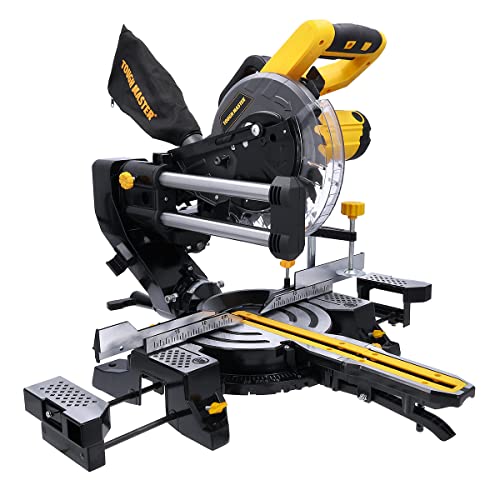

In recent years, advancements in technology have paved the way for more innovative saws, ensuring efficiency, precision, and safety.
Track Saw
- Characteristic: Combines the features of a circular saw and a guide rail system.
- Usage: Perfect for making long, straight cuts with impeccable accuracy.
Reciprocating Saw (Sawzall)
- Characteristic: Contains a large blade resembling a jigsaw, but larger and more robust.
- Usage: Ideal for demolition tasks as it can cut through wood and nails alike.
Miter Saw
- Characteristic: A specialized tool that lets you make precise angled cuts.
- Usage: Perfect for framing and molding.
Scroll Saw
- Characteristic: Uses a thin blade for intricate curves with tight corners.
- Usage: Often used for decorative woodworking, like creating jigsaw puzzles or intricate designs.
Oscillating Saw (Multi-Tool)
- Characteristic: The blade oscillates back and forth at high speeds.
- Usage: Excellent for tight spaces and making flush cuts.
Advanced Types of Saws
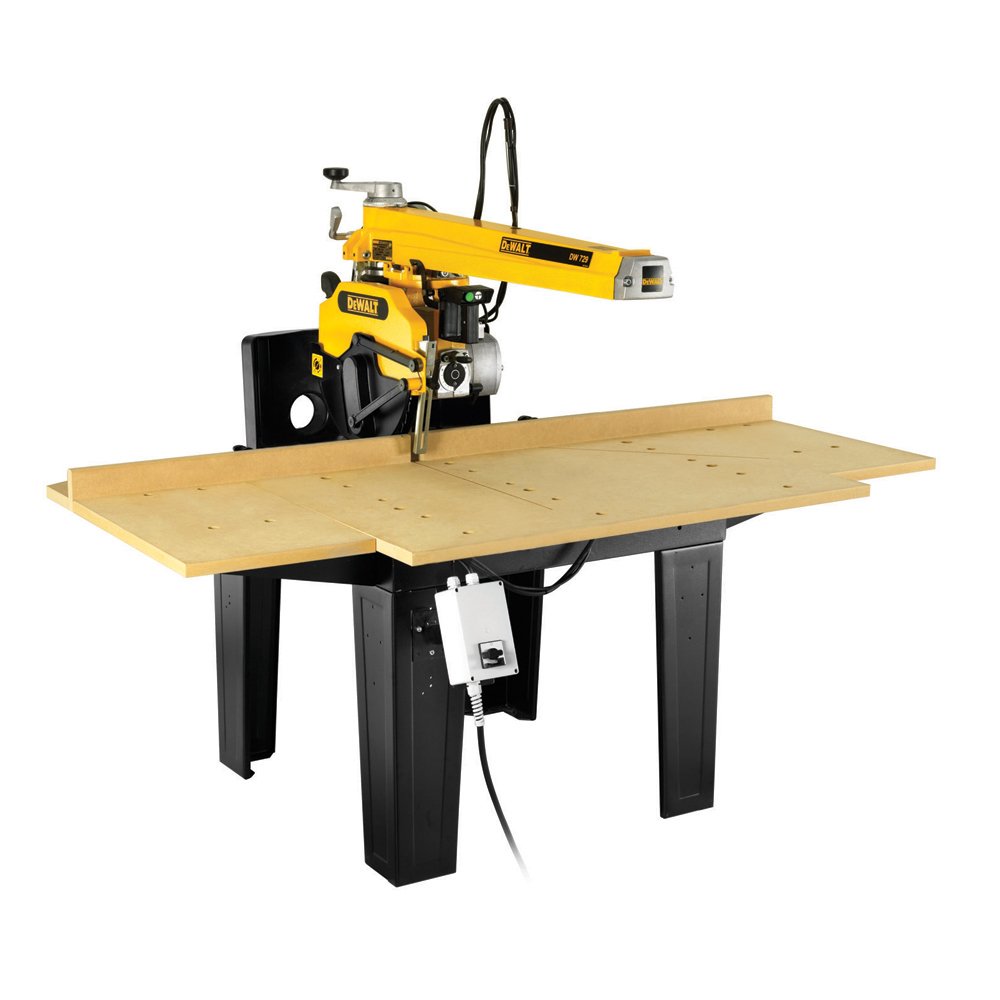

Over time, with the continuous evolution of technology, more specific types of saws have been developed to cater to niche needs and requirements.
Radial Arm Saw
- Characteristic: Features a circular saw mounted on a horizontal arm.
- Usage: Versatile tool used for crosscutting, ripping, and even dadoing.
Chop Saw
- Characteristic: A larger version of a miter saw, primarily used to cut through hard materials.
- Usage: Predominantly for cutting through metals using an abrasive disc rather than a toothed blade.
Pole Saw
- Characteristic: Essentially a saw on an extendable pole.
- Usage: Primarily for trimming tree branches.
Veneer Saw
- Characteristic: Comes with a short, double-edged blade.
- Usage: Perfect for precision cutting of veneers.
Japanese Saw (Nokogiri)
- Characteristic: Has a thin blade and is known for its precise cuts.
- Usage: Used for various woodworking tasks, including joinery.
The Linquip Advantage
While there are countless saws available in the market, finding the perfect one for your needs can be a challenge. Linquip serves as a bridge between tool seekers and industry experts. Whether you’re looking for specifications, reviews, or expert opinions, Linquip offers a comprehensive platform that caters to all your saw-related inquiries.
Safety and Maintenance with Linquip
Saws, while indispensable, come with their own set of hazards. Ensuring proper safety and maintenance is paramount.
Safety Precautions
- Always use safety gear like goggles and gloves.
- Ensure the work area is well-lit and free from obstructions.
- Use saws for their intended purpose only.
Maintenance Tips
- Regularly clean your saw blades to remove accumulated debris.
- Sharpen blades as needed to ensure efficient cuts.
- Store in a dry place to prevent rusting.
With Linquip, you don’t only get access to tools but also invaluable insights into their maintenance and safety tips. The platform features expert advice, tutorials, and best practices to ensure longevity and safety with your tools.
The Environmental Impact and Sustainability
Today, the tool industry isn’t just about creating efficient tools but also about producing them sustainably.
Electric vs. Gas-Powered Saws
- Electric Saws: They are environmentally friendly, quieter, and perfect for indoor tasks.
- Gas-Powered Saws: They are more potent and ideal for heavy-duty tasks but have a higher carbon footprint.
Linquip promotes tools that have a minimal environmental impact without compromising efficiency. The platform offers insights into sustainable practices, and energy-efficient tools, and promotes eco-friendly choices.
Conclusion
The domain of saws is indeed intricate, with every tool designed to serve a unique purpose. While the choices can be overwhelming, having a clear understanding of your needs and the available options can make decision-making more straightforward. With Linquip by your side, you have a vast reservoir of knowledge, expert opinions, and industry insights to guide you. Your woodworking and metalworking projects deserve the best, so equip yourself with the right tools and knowledge!
Download PDF for Types of Saws
A PDF version of the article can be downloaded by clicking the link below.
Buy Equipment or Ask for a Service
By using Linquip RFQ Service, you can expect to receive quotations from various suppliers across multiple industries and regions.
Click Here to Request a Quotation From Suppliers and Service Providers
Read More on Linquip
- 10 Types of Circular Saws + Characteristics & Usages
- 4 Types of Chop Saws + Applications & Characteristics
- 8 Types of Hole Saws & Their Applications
- 4 Types of Jigsaw + Pros & Cons
- 4 Types of Miter Saws + Features & Usages
- 8 Types of Bandsaws + Their Usage & Characteristic
- The 10 Best Circular Saws in the USA
- The 7 Best Jigsaw + Buying Guide
- The 7 Best Portable Band Saws + Tips for Choosing
- The 10 Best ChainSaw Sharpener
- The 10 Best Miter Saw + Guide Select
- The 10 Best Electric Chainsaw + Buying Guide
- The 8 Best Hand Saw
- 12 Types of Electric Saws: Clear Guide
- Different 15 Types of Hand Saws: Clear Guide
- 5 Types of Metal Cutting Saws + Features & Applications
- The 15 Best Reciprocating Saw in + Review
